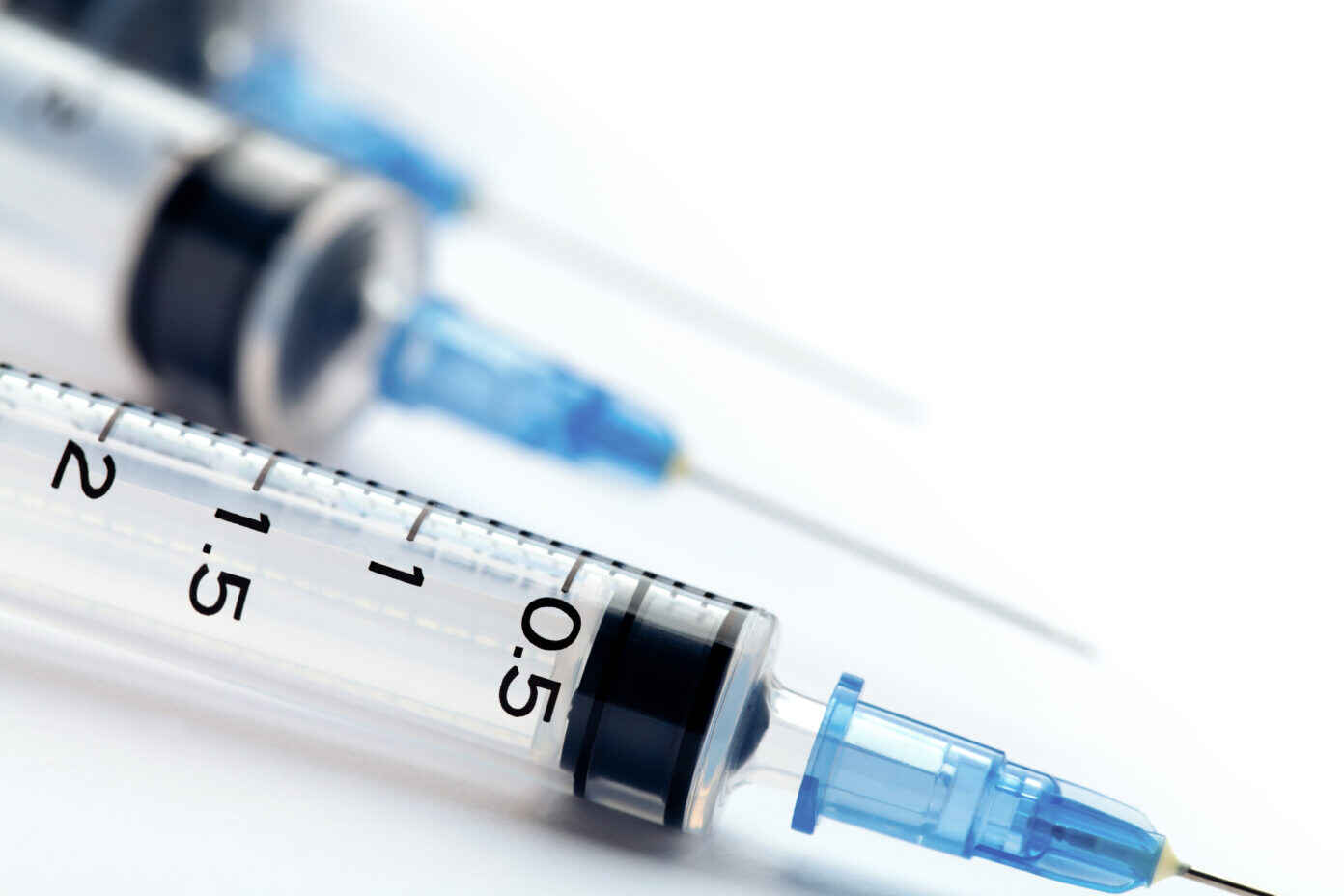Repeal of Paraphernalia Laws: Minnesota Leads the Way
December 13, 2023
Overview
State laws that make it illegal to distribute or use items such as sterile syringes and smoking equipment have resulted in near record levels of drug overdose, hepatitis C infections and injection-related endocarditis due to the sharing of injections and inhalation supplies. Many advocates and observers, including members of the Network’s Harm Reduction Legal Project, have long advocated for the complete repeal of these harmful laws. Minnesota recently became the first state to do so.

Drug overdose, hepatitis C infections and injection-related endocarditis are at or near all-time highs. You may hear that drug use is a risk factor for these and other infectious diseases. This is wrong. It is not drug use itself but rather the sharing of injection and inhalation supplies that increases infectious disease risk. The lack of access to such supplies in the U.S. is not inevitable – it is largely caused by laws designed to make it illegal for people to use drugs more safely.
It was not always this way. Objects used to inject, smoke, or otherwise take drugs were legal in most states through the late 1970’s. In 1979, however, the federal Drug Enforcement Administration created a Model Drug Paraphernalia Act that criminalized the use, possession, and delivery of any objects used in connection with illicit drugs and encouraged states to adopt it. Within a decade, every state except Alaska enacted some type of law criminalizing safer-use supplies.
While states have made some tweaks to these laws over the years, such as limited carveouts for syringe services programs, in most it remains generally illegal to distribute or possess items such as sterile syringes and smoking equipment, despite extensive evidence that access to these supplies reduces infectious disease risk, public expenditures, and the well-documented negative impacts of arrest on people who use drugs. Many advocates and observers, including members of the Network’s Harm Reduction Legal Project, have long advocated for the complete repeal of these harmful laws.
Minnesota recently became the first state to do so. The relevant law, which went into effect on August 1, 2023, legalized the possession and distribution of all paraphernalia in the state, as well as the possession of residual amounts of drugs in that paraphernalia. Specifically, the new law made the following changes:
- The law that previously prohibited the use and possession with intent to use drug paraphernalia was repealed in its entirety.
- A separate law that previously prohibited many activities related to syringes and needles specifically was modified to remove prohibitions on all syringe-related activities other than the sale; and a limit on the number of syringes that can be sold from pharmacies was removed.
- Language that prohibited the delivery of drug paraphernalia was removed.
- A law that prohibits drug possession was modified to exclude the possession of a residual amount of a controlled substance in drug paraphernalia.
Because of the convoluted nature of state drug laws, a few paraphernalia-related activities are still prohibited. It continues to be illegal to manufactureparaphernalia and sell them, other than pharmacists and people in professions that require the use of syringes. Unfortunately, the changes only apply prospectively; the law did not invalidate or expunge the arrests or convictions that occurred under the previous law.
Overall, however, the Minnesota legislature’s decision – the result, in part, of sustained advocacy from impacted people in the state — to stop undermining the health and safety of Minnesotans through arresting, charging, and incarcerating people who are trying to reduce their health risks is a model for other states.
Please don’t hesitate to reach out to the Network’s Harm Reduction Legal Project for more information about Minnesota’s law or how you may be able to improve drug law in your states.
This post was written by Corey Davis, Director, Network for Public Health Law Harm Reduction Legal Project.
The Network for Public Health Law provides information and technical assistance on issues related to public health. The legal information and assistance provided in this document do not constitute legal advice or legal representation. For legal advice, readers should consult a lawyer in their state.
Support for the Network is provided by the Robert Wood Johnson Foundation (RWJF). The views expressed in this post do not represent the views of (and should not be attributed to) RWJF.
